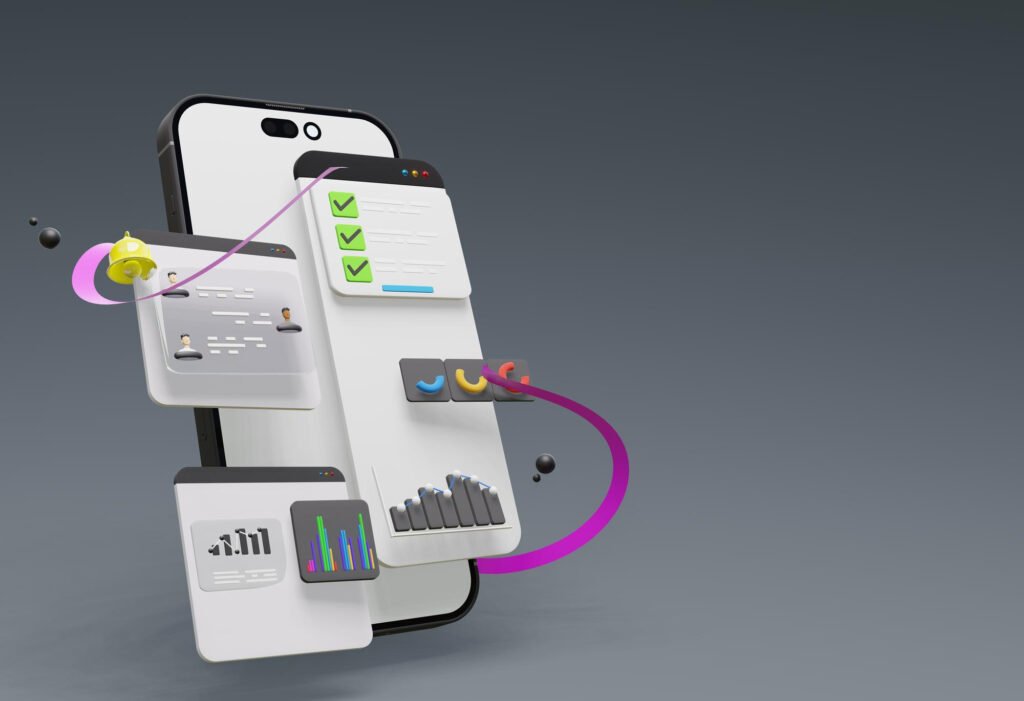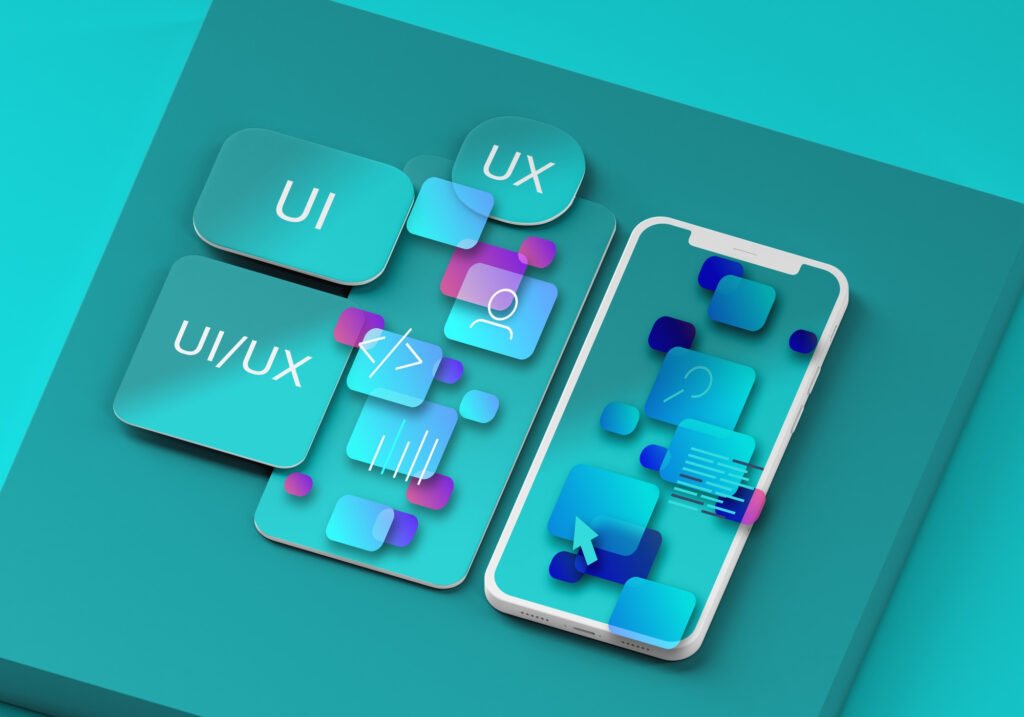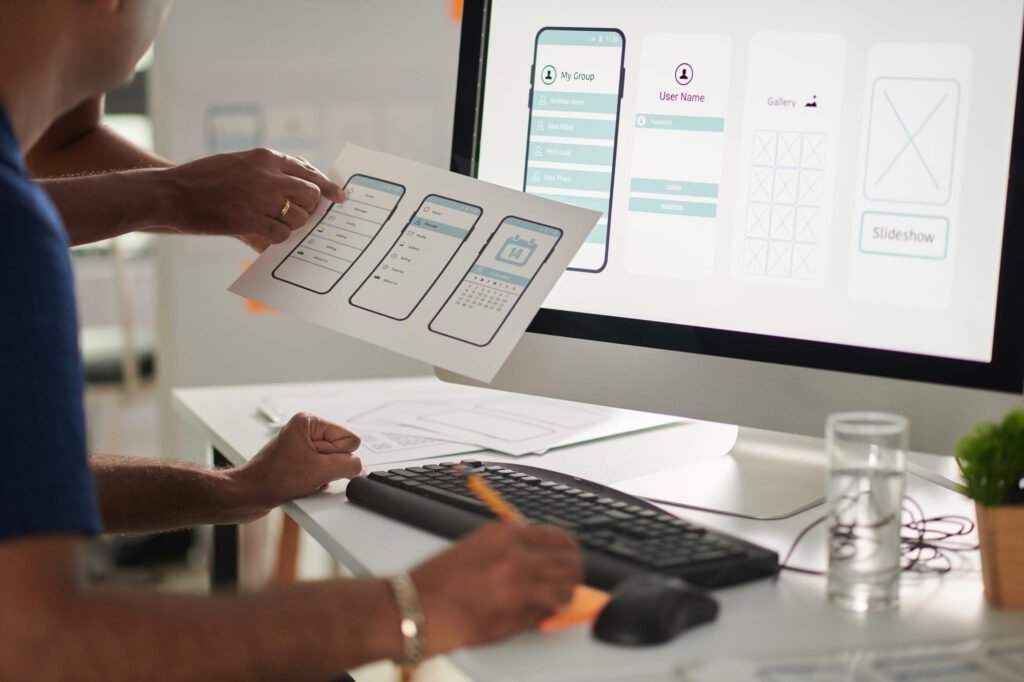Mobile apps have become a cornerstone of user engagement and business strategy in the rapidly evolving digital landscape. As we navigate through 2024, understanding the significance of mobile apps in today’s digital ecosystem is crucial for businesses aiming to stay competitive and relevant. These digital tools enhance customer interaction and offer unique opportunities for innovation, efficiency, and personalization. This blog post explores the latest trends and technologies shaping the future of mobile app design and development, highlighting why businesses must adapt to these changes to captivate and retain their target audience.

Top Trends in Mobile App Design and Development
User Experience Takes Center Stage
User experience (UX) remains a critical focus in mobile app design, emphasizing intuitive navigation, streamlined processes, and a frictionless user journey. Designers are adopting minimalist interfaces with clear call-to-actions, ensuring that apps are aesthetically pleasing and highly functional.
Visual Design Evolution
Visual design in mobile apps is shifting towards bold color schemes, gradient backgrounds, and immersive full-screen experiences. These elements are leveraged to capture users’ attention and create memorable interactions. Additionally, motion design and micro-interactions are becoming more prevalent, adding a layer of user engagement and feedback.
Accessibility and Inclusivity
With a growing emphasis on inclusivity, mobile app design increasingly incorporates accessibility features. This includes voice navigation, adjustable text sizes, and color contrast options, ensuring that apps are usable for people with a wide range of abilities.

Emerging Technologies in Mobile App Design and Development
5G Connectivity
The rollout of 5G technology is set to revolutionize mobile app development by enabling faster data speeds, reduced latency, and more reliable connections. This advancement opens up possibilities for more complex and interactive app features, including high-definition video streaming and augmented reality (AR) experiences.
Artificial Intelligence and Machine Learning
AI and machine learning are integrated into mobile apps to provide personalized experiences, predictive analytics, and intelligent automation. From chatbots offering instant customer service to recommendation engines that tailor content to individual preferences, these technologies enhance user engagement and satisfaction.
The Internet of Things (IoT)
IoT technology is expanding the functionality of mobile apps, allowing them to interact with a broader ecosystem of connected devices. This integration can enable a wide range of applications, from smart home control to health monitoring, offering users unprecedented convenience and interactivity.

Innovative Mobile App Design and Development of 2024
This section showcases examples of mobile apps that have successfully leveraged the latest design trends and technologies to offer innovative solutions and exceptional user experiences. From apps that use AI to customize content delivery to those that harness 5G for seamless AR shopping experiences, these case studies illustrate the potential of staying at the forefront of mobile app innovation.
Recap
The field of mobile app design and development is always changing due to changes in consumer expectations and technological improvements. For businesses, staying informed about these trends and incorporating them into app development strategies is essential to innovate, engage users effectively, and maintain a competitive edge. As we look to the future, embracing these changes will be pivotal in shaping the success of mobile applications in the digital ecosystem of 2024 and beyond.

